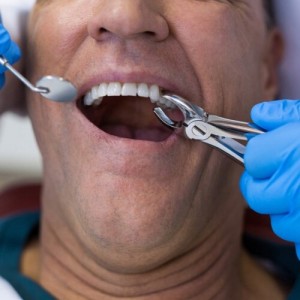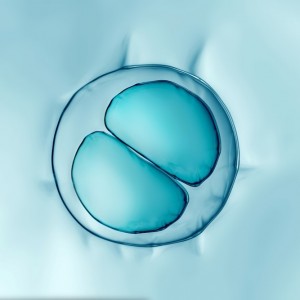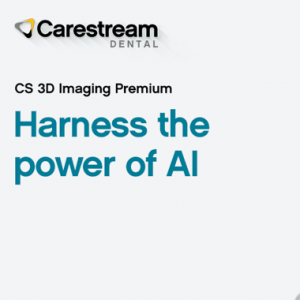
Clinico‐pathologic correlations of myofibroblastic tumors of the oral cavity: nodular fasciitis
Background: Nodular fasciitis (NF), a soft tissue lesion mainly composed of myofibroblastic cells, is well documented in various body locations however, in the oral cavity it is rare. The NF has non-specific histologic characteristics that might result in misdiagnosis and mistreatment. The aim of the study was to analyze clinico-pathologic correlations of NF occurring in the oral cavity.
Methods: A total of 36 cases of oral NF were analyzed including review of the English language literature and five new cases from our files.
Results: Oral mucosa NF was found to peak in the fourth and fifth decades, which is a decade later than NF occurring in other sites of the body. The most common locations were the buccal mucosa (52.8%) and the lips (16.7%). Duration of lesions ranged from 3 days to 2 years, with approximately 61% being present for more than a month, which is longer than the duration of NF from other body locations. Histologically, oral NF showed varying degrees of cellularity and frequently contained myxomatous areas, and often demonstrated local infiltration into adjacent tissues. However, the myofibroblastic, spindle-shaped lesional cells were uniform and lacked any major signs of atypia. Mitotic figures, characteristically abundant in NF lesions throughout the body, ranged from absent to moderately high in oral NF cases. Treatment modality of choice was complete surgical excision. Recurrence was reported for only one case. Extensive, mutilating surgical procedures for oral mucosa NF are unnecessary, since lesions resolve even when surgical margins are partly involved.
Conclusions: The NF should be included in the clinical differential diagnosis of superficial and deep soft tissue masses of the oral cavity, especially of the buccal mucosa. Histopathologically, NF should be differentiated from other spindle cell lesions, mainly myofibroma, neurofibroma, fibrosarcoma, solitary fibrous tumor, fibromatosis and fibrous histiocytoma.
Authors: Dan Dayan, Varda Nasrallah, Marilena Vered
Source: https://onlinelibrary.wiley.com/
 Related articles
Related articles
Oral Hygiene & Prevention 30 July 2024
Studies have investigated the relationships between chronic systemic and dental conditions, but it remains unclear how such knowledge can be used in clinical practice
Periodontology 25 September 2025
Throughout history, education has evolved, and new teaching/learning methods have been developed.
Oral Hygiene & Prevention 17 August 2023
Oral cancer screening knowledge, practices at the University of Toronto
Opportunistic oral cancer screening during visits to the dentist is a non-invasive and accessible option for detection of pre-malignant lesions and early-stage malignancies.
Oral pathology 11 February 2023
By Valentina Viganò, University of Milan
Professor Lodi is one of most appreciated oral pathologists that we know, and he has always fought to make dentists aware of the attention to the early diagnosis of this neoplasm.
Products 06 January 2023
The patent-pending invention provides an improved design for an electric toothbrush.
 Read more
Read more
Oral pathology 24 October 2025
Isolation and characterization of dental pulp stem cells from a supernumerary tooth
Dental pulp stem cells (DPSCs) were primarily derived from the pulp tissues of primary incisors and permanent third molar teeth, whereas no report to our knowledge has yet been documented on deriving...
Editorials 24 October 2025
From mentoring workshops to leadership insights, the last week’s IU School of Dentistry (IUSD) fall faculty conference and staff retreat brought faculty and staff together respectively for two days...
Products 24 October 2025
At the American Academy of Periodontology’s Annual Meeting, Carestream Dental continues to deliver what’s next in dentistry with the launch of CS 3D.
News 24 October 2025
As dental professionals prepare to wrap up 2025, many are setting ambitious goals for the year ahead, yet few have a clear, actionable plan to achieve them.
News 24 October 2025
The Yankee Dental Congress will take place from January 29, 2026, through January 31, 2026, at the Thomas M. Menino Convention & Exhibition Center in Boston.















